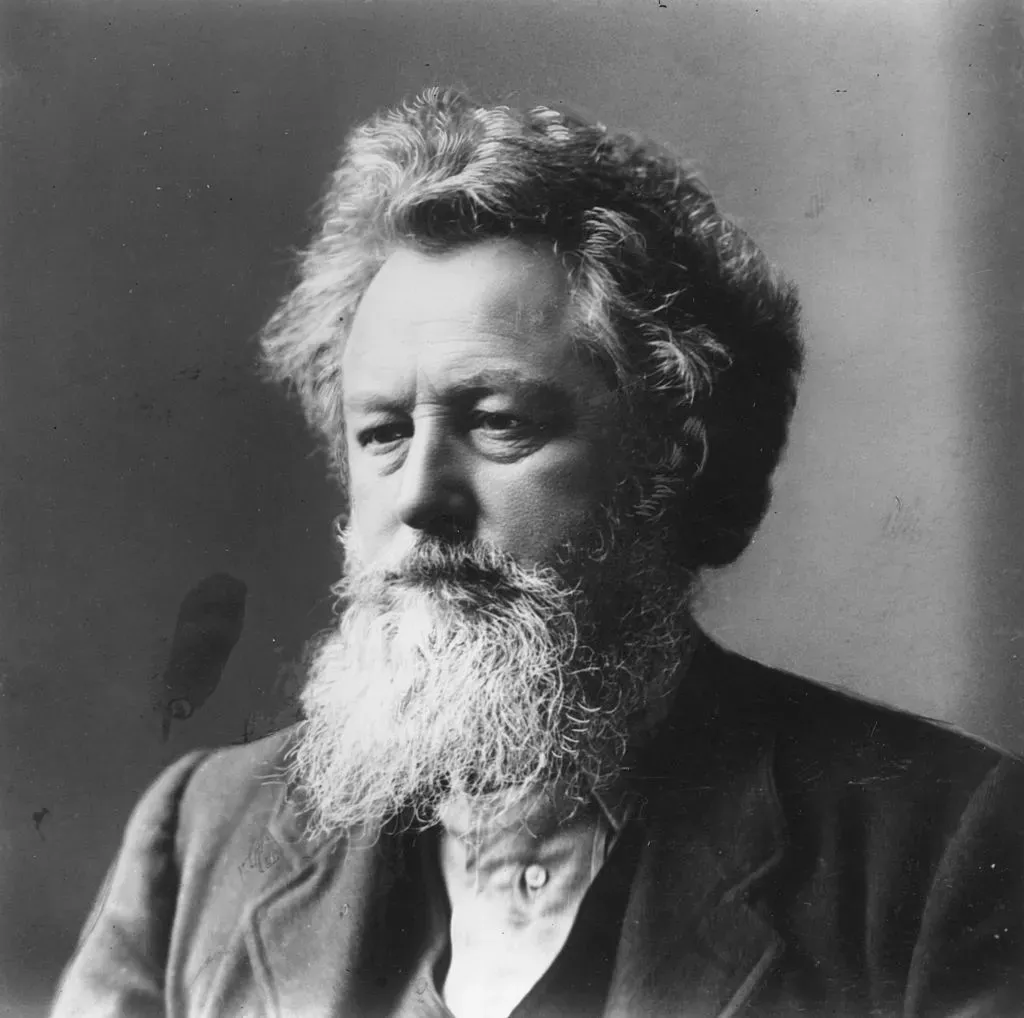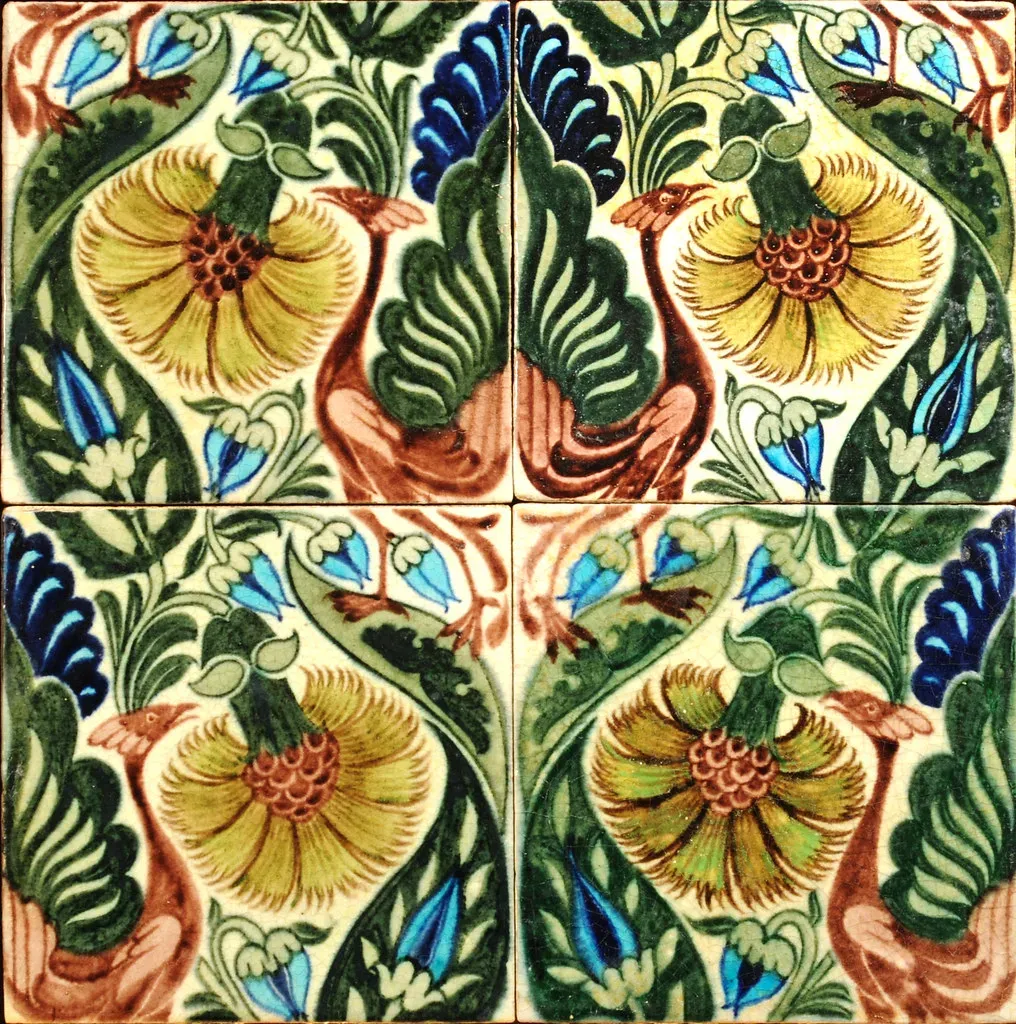The Enigmatic Jane Morris: More Than Just William Morris’s Muse

James Broad
Oct 18, 2024 | 8 min read
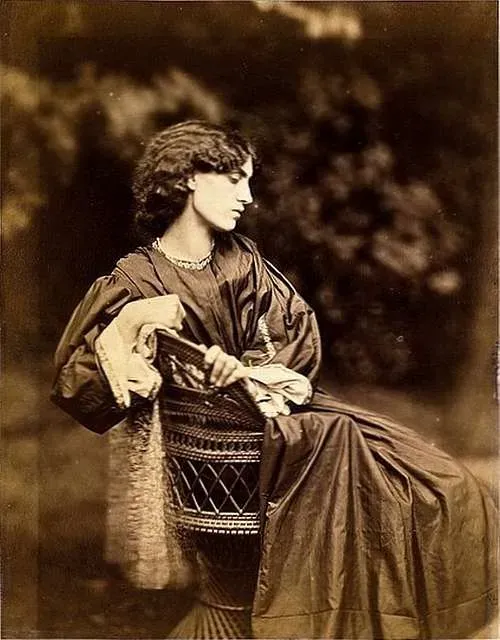
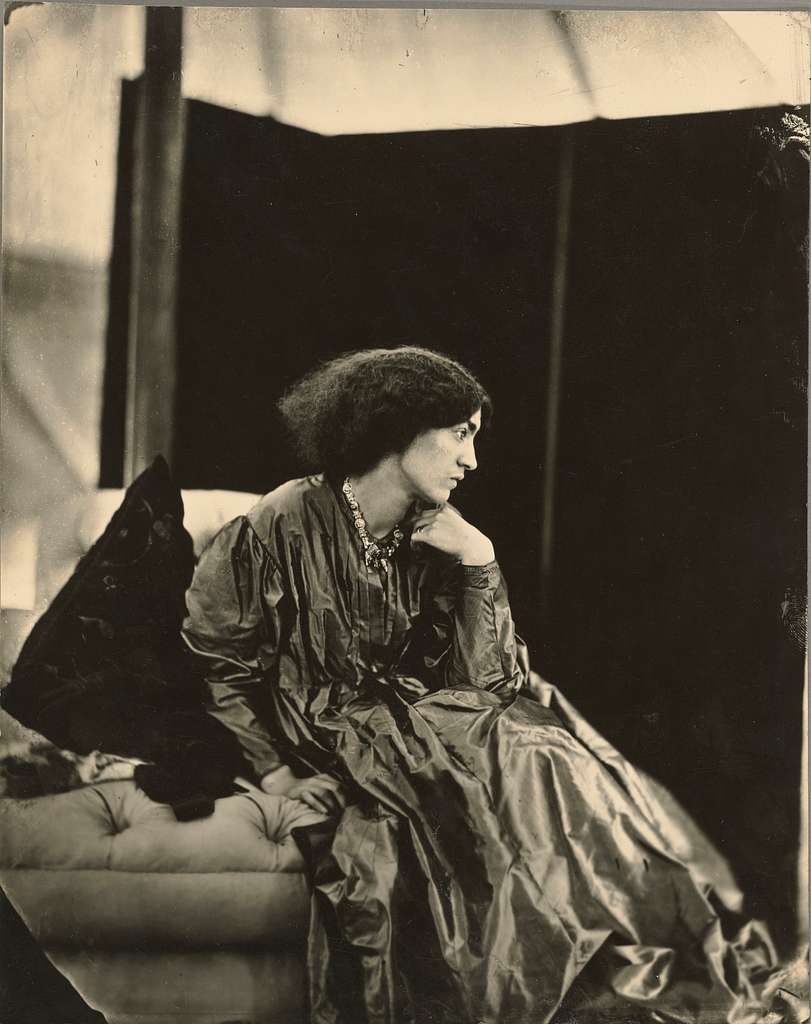
When we think of the Pre-Raphaelite Brotherhood, our minds often conjure images of flowing locks, ethereal beauty, and the kind of longing gazes that could make even a statue blush. At the center of this artistic whirlwind was Jane Morris, the wife of the illustrious designer, writer, and socialist William Morris. But Jane was much much more than just the woman behind the man — she was a force of nature, a muse, a model, and an unintentional queen of drama. So, in this article, I dive into the life of this captivating woman — who in my opinion, should be talked about much more often.
A Match Made in Arts and Crafts
Jane Burden was born in 1839 in Oxford, England, into a working-class family. Imagine the scene: a bustling town filled with dreams and aspirations, filled with male dominance and where a young girl had little chance to pave her own way, and could easily get lost among the cobblestones. But not Jane! She was different, she was a firecracker from the start. While her contemporaries were busy sewing, scrubbing and looking after the house, Jane always dreamt of something bigger — like becoming the most famous model of the Pre-Raphaelites.
Spoiler alert: she succeeded!
In 1857, Jane crossed paths with William Morris, who was already a rising star in the art world at the young age of 23. Morris was instantly smitten. He was so taken with her beauty that he decided to paint her portrait, and let’s just say the rest is history. They married on the 26th of April 1859, but not before a fair bit of drama. The Pre-Raphaelite artists were known for their intense passions, and Jane Morris quickly found herself at the centre of a love triangle that would make even the most seasoned soap opera writer raise an eyebrow.
The Muse of Many
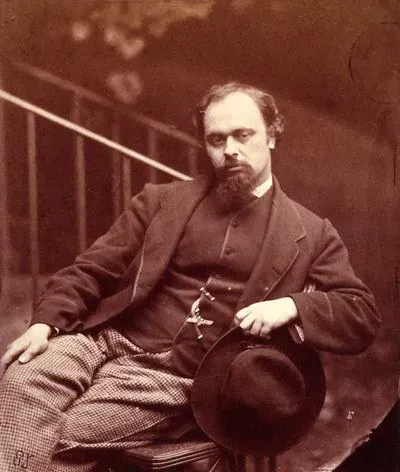
Whilst at the time, Jane was primarily known for being William Morris’s wife, she was also the muse for many other artists, including Dante Gabriel Rossetti, one of the leading figures of the Pre-Raphaelite Brotherhood — a group of English painters, poets and art critics (blog on this . Imagine being the belle of the ball, but the ball is actually a circle of tortured artists who want to paint your every expression.
Rossetti was particularly enchanted by Jane, creating numerous portraits of her that captured her beauty and spirit. It’s said that he even had a bit of a crush on her, which led to some rather awkward situations at family gatherings. Imagine William saying, “Oh, what a lovely painting, Dante! But you know, she does have a husband, right?”
Despite the artistic rivalry, Jane maintained her poise. She was the ultimate multitasker: wife, muse, and an inadvertent referee in a love triangle that could rival any modern-day reality show.
The Dream Team: William & Jane Morris

The Morris household was a hub of creativity, where ideas flowed freely. While William was busy designing wallpapers & textiles, Jane took on the role of an artist in her own right. She participated in the Arts and Crafts movement, helping to promote craftsmanship and beauty in everyday life whilst hugely influencing Williams design work. Jane was an active and essential participant in his creative journey, contributing her artistic talents, ideas, and support in various ways.
Model
Jane served as a primary model for many of Morris’s designs, especially in textiles and wallpapers. Her beauty and presence inspired countless patterns and motifs, with her likeness often appearing in Morris’s artworks and designs.
Embroider
Ironically, Jane was an accomplished embroiderer and was involved in various needlework projects. She worked on tapestries and other textile projects, bringing her artistic sensibility to the work. Her skills in embroidery complemented Morris’s vision of creating beautiful, handcrafted items that celebrated traditional craftsmanship.
Ideas
Whilst William was the lead designer, Jane often contributed ideas and feedback on his projects. Their discussions about art, aesthetics, and the purpose of design helped shape the direction of Morris’s work. Jane’s artistic insights and preferences influenced the themes and styles that Morris pursued.
Marketer
As a prominent figure in the Arts and Crafts movement, Jane supported William’s ideals of craftsmanship and the importance of beauty in everyday life. She helped promote these ideas within their social circles and through their joint projects, thereby strengthening the movement’s impact.
Kelmscott
Jane’s contributions extended to the Kelmscott Press, which Morris founded to produce beautiful printed works. Although her direct involvement in the printing process may not have been extensive, her artistic sensibility influenced the visual presentation of the books, including cover designs and illustrations.
Politics
Jane and William were both involved in social and political causes, particularly those related to labor rights and the promotion of handcrafted goods. Jane’s activism complemented William’s work, reinforcing the ethos behind the Arts and Crafts movement.
Style
Jane’s own taste and preferences influenced William’s designs. She had a strong sense of aesthetics and was known to express her opinions candidly. This personal influence shaped certain elements of his work, particularly in textiles and interiors, where her style preferences were often reflected.
Inner Circle
Jane’s relationships with other artists and figures in the Pre-Raphaelite Brotherhood also enriched Morris’s work. Her interactions and friendships with contemporaries like Dante Gabriel Rossetti and Edward Burne-Jones brought additional artistic perspectives and ideas into their shared world.
So, as you can see, Jane played a huge part in Williams success, would he have been the man he was without the support, guidance and inspiration of Jane? Probably not, she was a force to be reckoned with and was an essential ingredient for Williams career — like the flour for a cake mix, he wouldn't have risen to the top without her — fact.
The Drama of Domestic Life
As if being married to a famous artist and being a muse to others wasn’t enough, Jane’s life was sprinkled with a healthy dose of drama. The couple had two children: Jane Alice (Jenny) and Mary (May). Parenting in the 21st century is no walk in the park, but parenting in the Victorian era was like trekking through a jungle in intense heat with snakes and spiders trying to crawl up your trousers. The societal pressures were overwhelming, and Jane often found herself juggling motherhood and her artistic pursuits, all whilst managing her husband’s increasingly busy schedule.
But let’s not forget the intriguing dynamics within their marriage. William was known for his intense work ethic and commitment to the Arts and Crafts movement, often leaving Jane to manage the household — selfish I know, but fear not, Jane was not one to sit idly by. She was known for her remarkable strength and resilience, often pushing against the constraints of her time.
Rumour has it that Jane was a rebel of her time. Instead of solely adhering to the role of the dutiful Victorian wife, she often expressed her opinions with a flair that would leave anyone who dared to cross her feeling like they just took a tumble down a rabbit hole.
The Love Letters
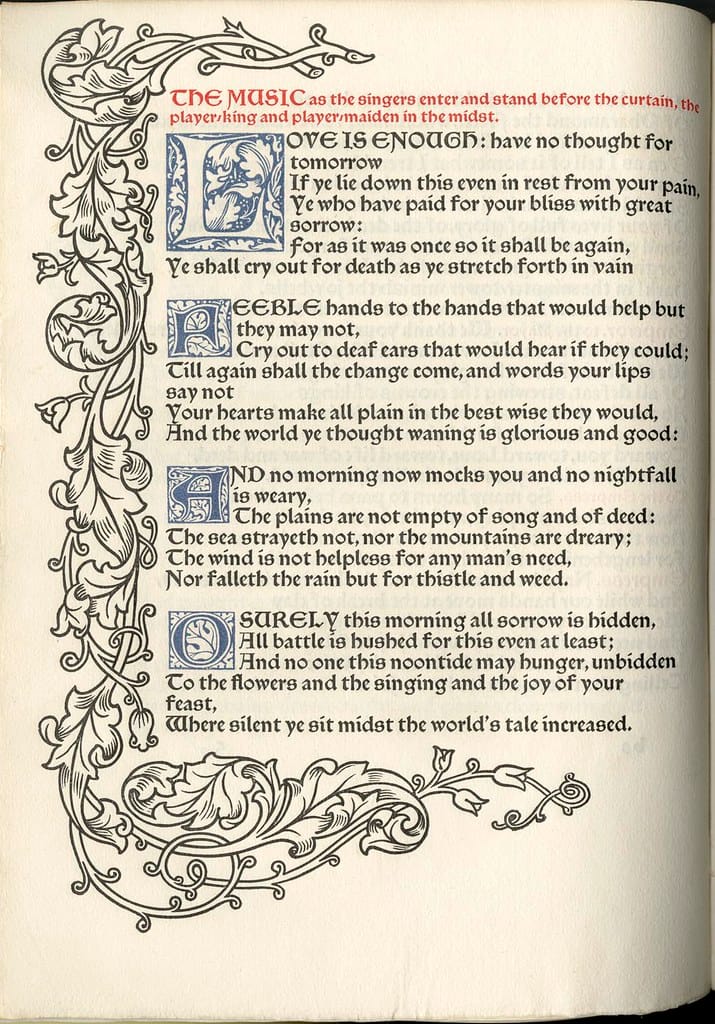
If you think the modern-day couple’s texts are filled with emojis and GIFs, you should take a look at the heartfelt exchanges between Jane and William. Their correspondence was a mix of poetic musings, deep philosophical reflections, and the occasional “Why haven’t you taken out the bins?”
William’s letters were often filled with artistic jargon, while Jane would respond with her own poetic flair. Their communication was a beautiful dance of intellect and emotion. It’s as if they were pen pals living in the same house!
The letters reveal a couple deeply in love, yet navigating the turbulent waters of their artistic lives. They shared their hopes, dreams, and the occasional bit of gossip about the latest happenings in the art world. Who knew that the Pre-Raphaelite love story could be so relatable?
Struggles and Triumphs
Despite the idyllic image of a perfect marriage, Jane and William faced their fair share of challenges. The couple experienced financial struggles, especially during the early years of their marriage. William’s commitment to his ideals often meant sacrificing financial stability, which led to some rather tense dinner conversations. But through it all, Jane remained a steadfast partner. She supported William’s vision and helped him navigate the hurdles they faced. Their partnership was a blend of love, creativity, and a dash of chaos. They were a dynamic duo, and their ability to weather the storms of life together is a testament to their bond.
The Death of a Muse
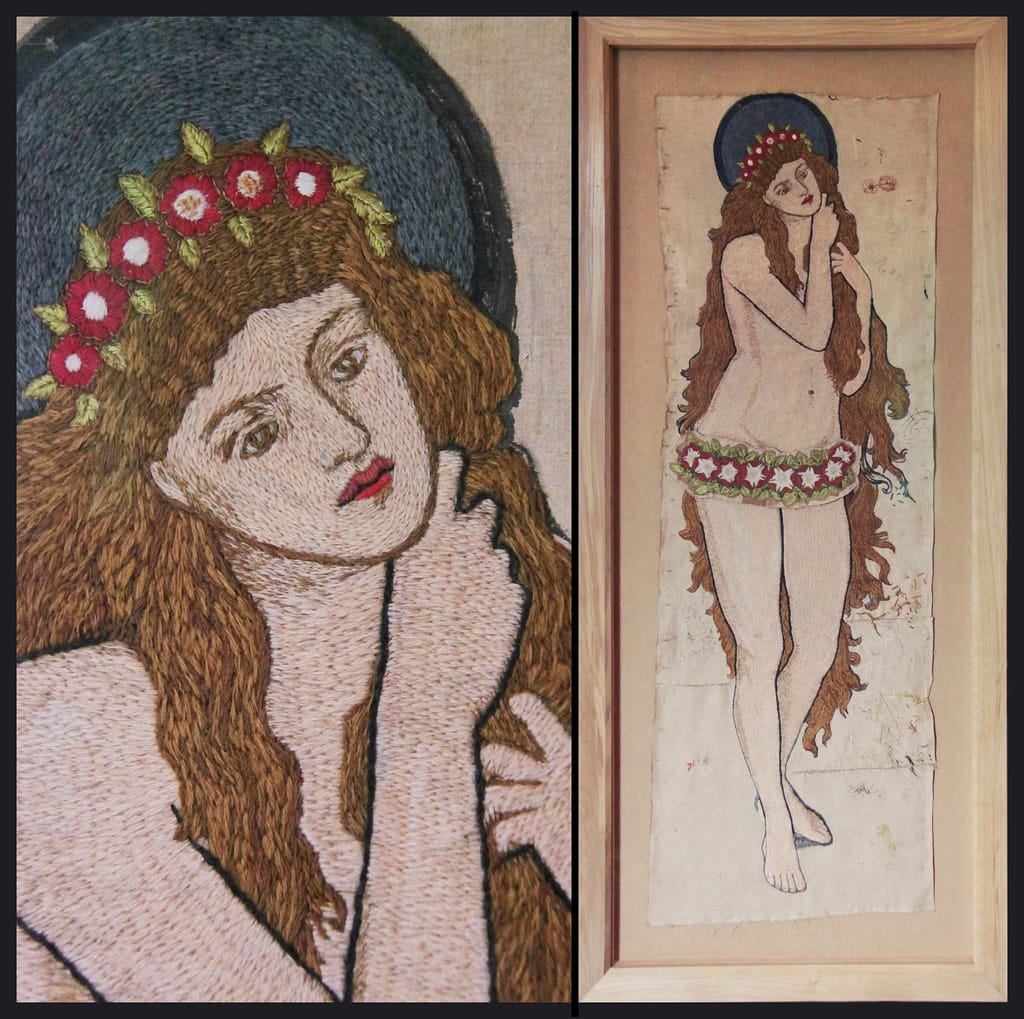
As the years went by, Jane’s role in the art world evolved. She became more than just William’s muse; she was a respected artist in her own right. However, their marriage faced yet another challenge when William’s health began to decline. The loss of their son, Arthur, in 1891, took a toll on both of them, leaving a void that was hard to fill.
Jane, ever the resilient spirit, continued to support her husband and remained a source of strength during this difficult time. She poured her energy into her artistic endeavors, producing works that reflected both her inner turmoil and her unwavering spirit.
William Morris sadly passed away in 1896, leaving Jane to navigate the world without her beloved partner. It was a bittersweet ending to a remarkable and powerful love story, but Jane’s legacy would live on. She continued to support the arts and stayed involved in the artistic community, proving that her spirit was unbreakable and her passion was strong.
The Legacy of Jane Morris
Jane Morris may have started as a muse, but she transformed into a powerful force in her own right. Her contributions to the Arts and Crafts movement, her role as a model for some of the most iconic artists of her time, and her ability to navigate the challenges of her life all showcase her strength and resilience.
She became a symbol of the empowered woman, defying the constraints of her difficult era and leaving a lasting impact on the art world. The intricate tapestries, the stunning paintings, and the love letters exchanged with William all tell a story of a woman who was much more than a mere muse, she was just as important as her associates and William Morris himself — without her, I firmly believe the Arts and Crafts and Pre-Raphaelite movements would be nothing like they are now known to be.
In today’s world, Jane would be considered a trailblazer, a woman who dared to challenge societal norms and forge her own path. Her story is a reminder that behind every great man (or woman) is a partner who inspires, supports, and occasionally rolls their eyes at the dramatic turns of life.
Conclusion: A Toast to Jane Morris

So here’s to Jane Morris — a woman who turned the tables on the traditional roles of her time. A muse, an artist, a loving wife, and a resilient spirit who navigated the complexities of life with grace and humor.
As we indulge in the beauty of the arts, let’s remember Jane’s legacy. She taught us that being a muse is not just about sitting elegantly; it’s about being a collaborator, a creator, and a person of substance.
So, the next time you find yourself in a deep discussion about art or love, remember Jane Morris, a woman whose life was a canvas painted with passion, creativity, and a healthy touch of drama.
My names James Broad (JB) and I hope you enjoyed this article. For more articles exploring some of the iconic figures of our past, please hit the follow button and follow me on my socials!
